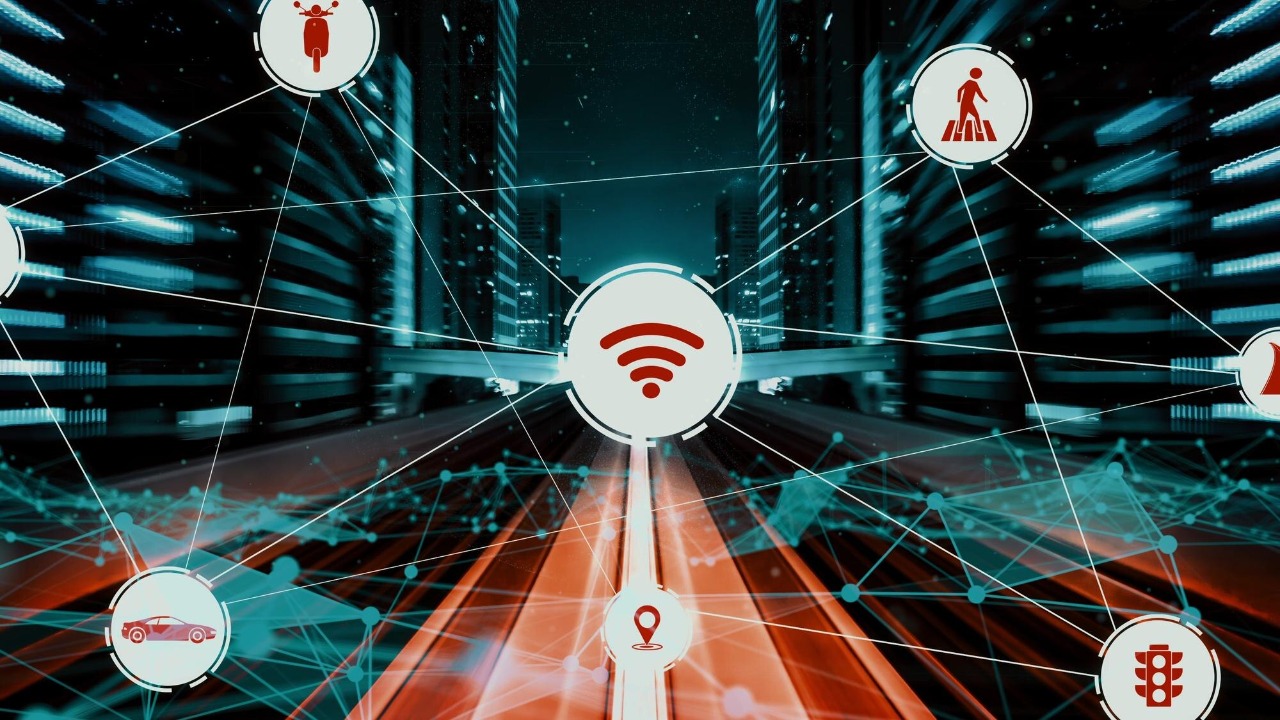
As we navigate the digital age, it’s alarming to note that nearly half of network connections originate from high-risk Internet of Things (IoT) and Information Technology (IT) devices. This presents a significant security challenge for organizations and individuals alike. The healthcare sector, for instance, is particularly vulnerable, with more than half of all healthcare IoT devices harboring a known, unpatched critical vulnerability. To protect these connections, proactive measures are essential to mitigate the risks of breaches and disruptions.
Understanding High-Risk IoT and IT Devices
High-risk IoT devices are those with inherent vulnerabilities due to limited security features. These devices, which include smart home gadgets and industrial sensors, contribute significantly to the nearly half of all network connections originating from high-risk sources. IT devices, particularly outdated endpoints like legacy servers, also play a role in expanding the attack surface across networks. The interconnected nature of these devices underscores the scale of exposure, with nearly half of network connections stemming from these high-risk categories.
The Prevalence of Vulnerabilities in IoT Ecosystems
IoT devices often lack robust patching mechanisms, leading to widespread unaddressed flaws that affect network integrity. This is reflected in the statistic that nearly half of network connections originate from high-risk IoT and IT devices. Emerging trends in IoT adoption, such as the proliferation of consumer and enterprise devices without built-in security, amplify these risks. The dominance of these elements in modern networks illustrates the pressing need for improved security measures.
Critical Vulnerabilities in Healthcare IoT
The healthcare sector faces a specific challenge, with more than half of all healthcare IoT devices having a known, unpatched critical vulnerability. This finding, reported in early 2022, highlights ongoing challenges in the sector. These devices connect to broader IT systems, heightening the overall risk profile of healthcare networks. The potential for patient data breaches is a significant concern, emphasizing the need for immediate action to address these vulnerabilities.
Impact of High-Risk Devices on Network Security
High-risk IoT and IT devices serve as entry points for cyberattacks, contributing to the nearly half figure of vulnerable network connections. Real-world consequences tied to unpatched vulnerabilities in connected environments include downtime and data loss. The impact is particularly severe in sectors like healthcare, where more than half of IoT devices remain critically exposed. This underscores the urgency of addressing these vulnerabilities to protect network security.
Strategies for Identifying High-Risk Connections
Identifying high-risk connections is a crucial first step in enhancing network security. Tools and methods for scanning networks can detect high-risk IoT and IT devices, particularly those accounting for nearly half of connections. Inventory practices can map devices and their vulnerabilities, including checks for known issues like those in healthcare IoT. Segmentation techniques can isolate risky connections, preventing the spread of threats from unpatched critical vulnerabilities.
Implementing Protection Measures
Implementing protection measures is essential to address known vulnerabilities. Firmware updates and patching protocols can address issues, particularly in healthcare IoT devices, where more than half have a known, unpatched critical vulnerability. Network monitoring solutions that prioritize high-risk connections can help manage the prevalence of these connections in network traffic. Access controls and zero-trust models can safeguard against exploits in IoT and IT ecosystems.
Future Outlook and Best Practices
Looking ahead, trends in IoT growth could exacerbate the nearly half share of high-risk network connections if unaddressed. Ongoing compliance and auditing can tackle persistent issues like unpatched critical vulnerabilities, particularly in sectors such as healthcare. Education and policy play a crucial role in fostering secure device deployment across organizations. By understanding the risks and implementing proactive measures, we can navigate the digital landscape more safely.
More from MorningOverview